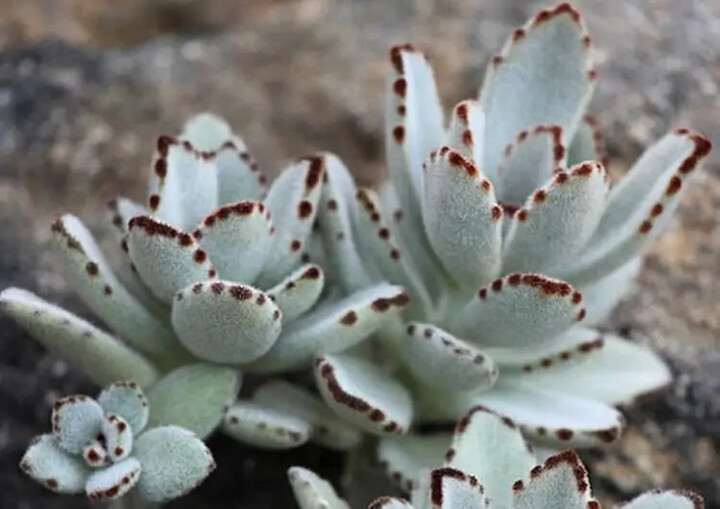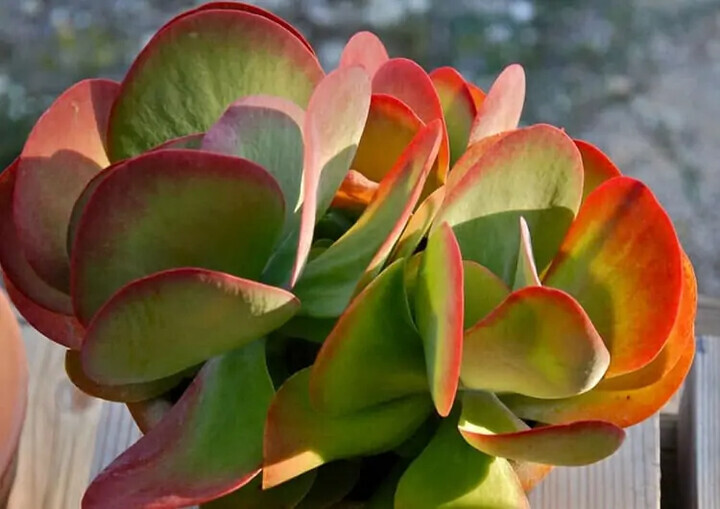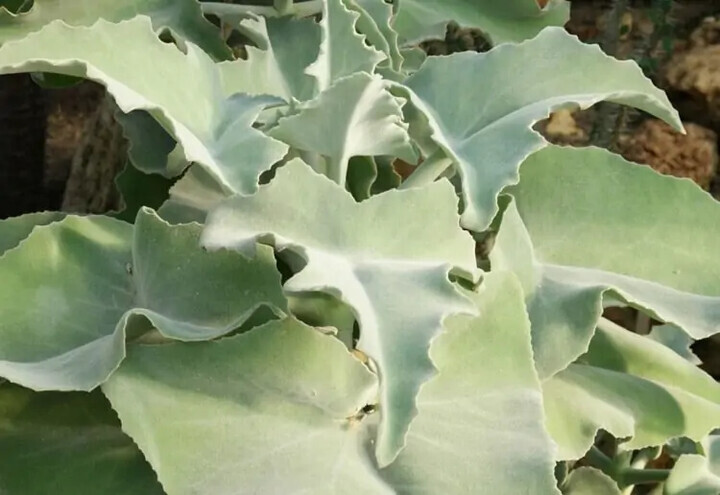Succulents come in hundreds of varieties, and chief among them is the Madagascar variety: the kalanchoe family.
These plants are fantastic for propagation, grow wonderfully indoors (most of them), and bring a wide array of medicinal properties and aesthetic blossoms.
We’re going to outline a handful of the best kalanchoe plants to grow, as well as your burning questions surrounding this breed of succulent.
What Are Kalanchoe Succulents?
You might have already seen some of these without realizing it.
Kalanchoes are succulent plants that pop up in florist shops, nurseries, and garden centers absolutely everywhere.
These are native to the island of Madagascar, but thanks to propagation, they’ve been replanted and bred to the point that they’re just everywhere.
These are nearly maintenance-free plants that require a lower temperature than most, and may either produce long green leaves, or large blossoms depending on the breed of kalanchoe you choose to grow.
There’s a lot of variety, so let’s look at four of the most popular breeds of kalanchoe to get a feel for what we’re doing.
Kalanchoe Tomentosa, The “Panda Plant”

his glorious plant does well indoors, making it one of the best beginner kalanchoes that you could possibly buy.
With green, oval-shaped leaves that are filled to the brim with liquid membranes, you might see some similarities between this and a cactus (minus the spikes).
Brown spots form at the tip of tomentosa leaves, which is perfectly natural and welcome.
These are fairly simple for propagation, though you have to be sure these leaves have a clean break when you pull them apart.
Another variation of the tomentosa apart from “Panda Plant” is the “Chocolate Soldier”.
Kalanchoe Thyrsiflora, The “Paddle Plant”

If you’ve ever heard of the paddle plant, now you know it has a much more difficult-sounding name.
This unique type of kalanchoe appears to mimic cactus leaves and bok choy in appearance, though it remains soft and fuzzy to the touch.
These plants can get up to five feet tall, and are extremely fragrant throughout a couple of seasons, adding a pleasant aroma to your garden.
If you’re doing this indoors, your kitchen will smell glorious.
Kalanchoe Daigremontiana

Daigremontiana is actually a dangerous, toxic steroid, but it’s not the only thing in this kalanchoe—there are actually five different types of bufadienolides, which are toxins.
That sounds scary, but these plants are harmless to grow in your home, so long as you aren’t eating them.
This type of kalanchoe is a child plant of bryophyllum, which is called the “Mother of Thousands” kalanchoe plant.
While these enjoy lower temperatures and require very little water, their properties sometimes worry potential growers into not hosting them in their homes.
Kalanchoe Beharensis, The “Elephant Ear”

While this is a type of kalanchoe, most people seem to forget this.
It’s commonly seen as an evergreen shrub, with an extremely long stem in the center.
These look like long green leaves that fold in the center, just like an elephant’s ear, while still having slight brown spotting along the edges (which is completely normal).
These kalanchoes will appear spiky and rough as they age, thanks to their defense system.
Benefits Of Kalanchoes
When ingested, kalanchoes have been proven to remedy some harsh symptoms of various diseases and disorders that make people’s day-to-day lives more difficult.
We do not know what your reaction to ingesting kalanchoe would be, so while we advise against ingesting it directly in this:
Oral Health Protection: The nutrients in kalanchoe help to protect your gums and teeth from decay and rot. While this is known to have helped, this area has the least amount of scientific backing, so proceed with caution before looking for a kalanchoe-based oral healthcare solution.
UTI Prevention: Along with areas of the female reproductive system, UTIs can be prevented with kalanchoe if it’s being consumed on a regular basis. This isn’t a one-and-done kind of solution.
Treating Muscle Pain: Muscle pain is very different from temporary aching from a workout. Muscle pain can be chronic, and causes a sharp, stabbing pain in your muscles that is far from soreness and aches. Kalanchoes are known to help alleviate this pain.
Sunburn Remedy: Sunburns suck no matter what, but with a kalanchoe plant, you can help speed up the healing process and pull some of that heat out of the burn. No more tingling and hotness when you touch your skin; that can all be in the past.
Wound Pain Management: Different from muscle pain, this has known applications to wounds to remove pain and make the healing process more manageable for those involved. Different kalanchoe plants have different properties, so don’t just jump right into anything.
Assists with Rheumatoid Arthritis: RA isn’t that common, but if you have it, then you know just how much damage it can do to your body. Kalanchoe has some ties to alleviating inflammation, which could directly help your body from attacking itself when you suffer from rheumatoid arthritis.